This NSDC Data Science Flashcards series will teach you about geospatial analysis, including visualizations, data processing, and applications. This installment of the NSDC Data Science Flashcards series was created and recorded by Aditya Raj. You can find these videos on the NEBDHub Youtube channel.
Today, we’re stepping into the advanced realm of geospatial analysis, where sophisticated techniques meet intricate data.
In this domain, we’re not just mapping locations but also uncovering hidden patterns and predicting future trends. Techniques like spatial regression, machine learning, and network analysis are at the forefront, transforming how we understand spatial relationships.
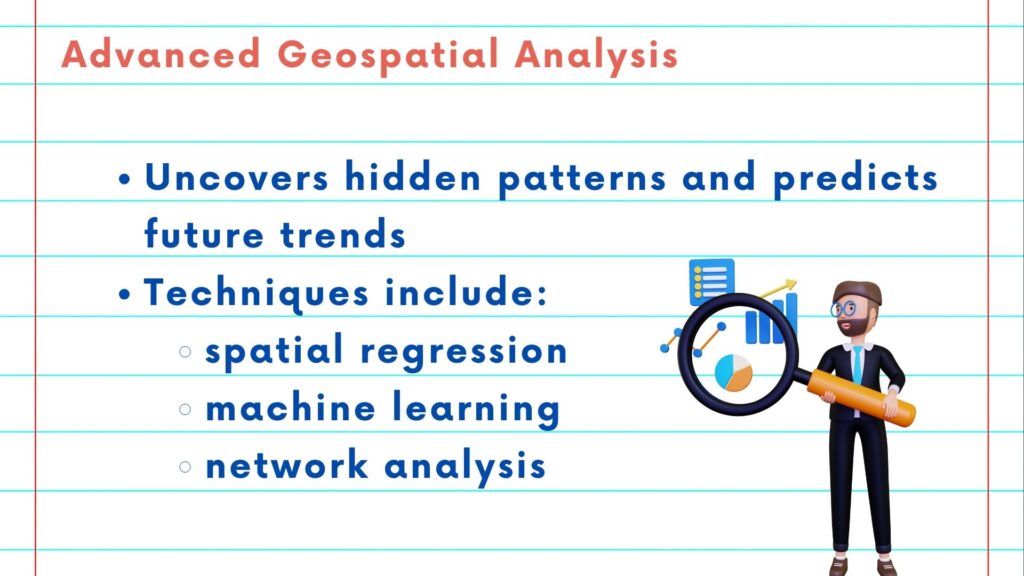
Imagine predicting environmental changes, analyzing social network connections in physical spaces, or even optimizing transportation systems. These complex tasks require advanced analytical methods.
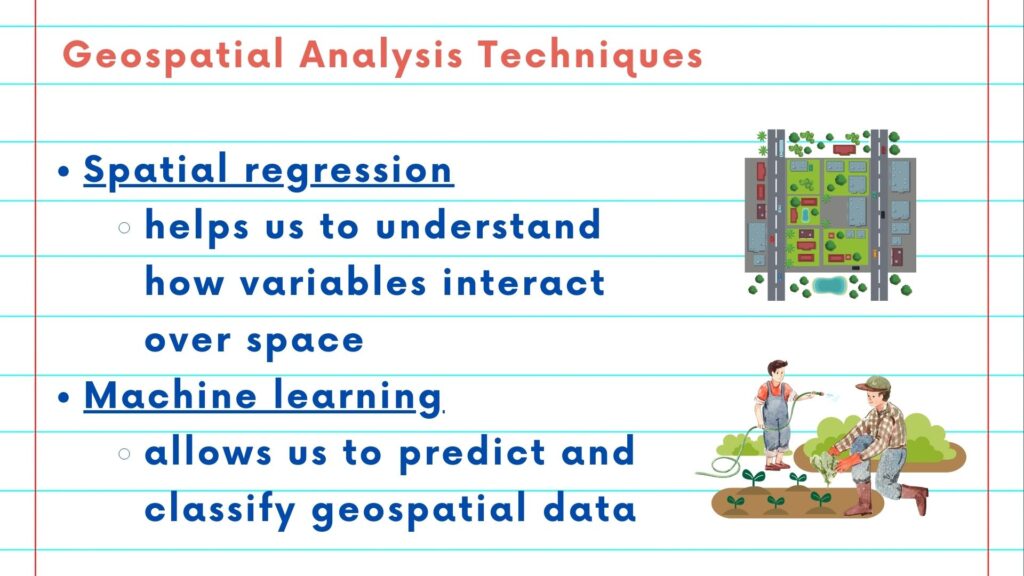
We use spatial regression to understand how variables interact over space. Machine learning allows us to predict and classify geospatial data, offering insights into areas like urban development and agricultural planning.
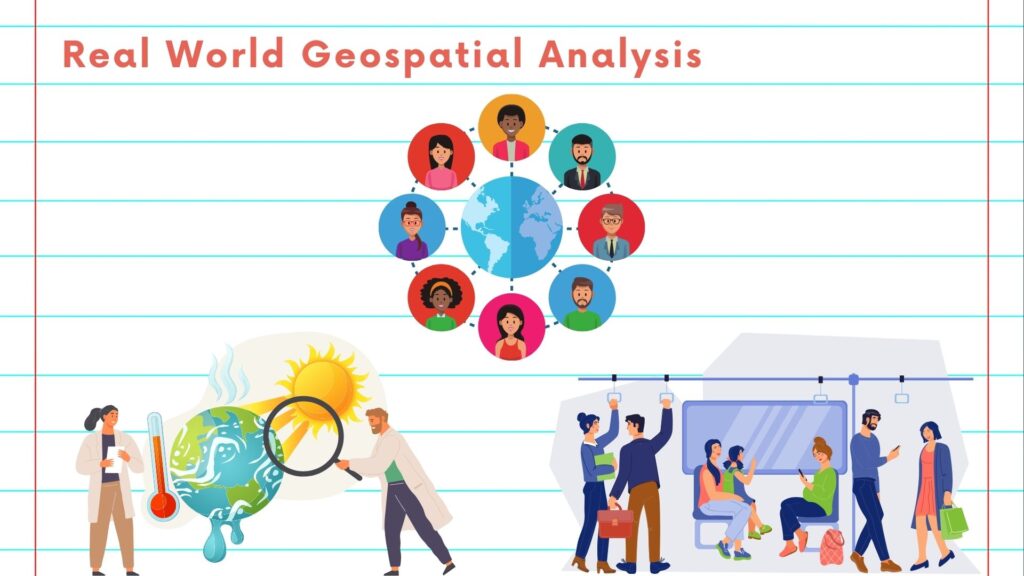
Network analysis helps us understand the connectivity and flow within a network, crucial for urban planning and traffic management.
One can also explore the integration of time-series analysis with spatial data, offering dynamic insights into how phenomena change over both time and space.
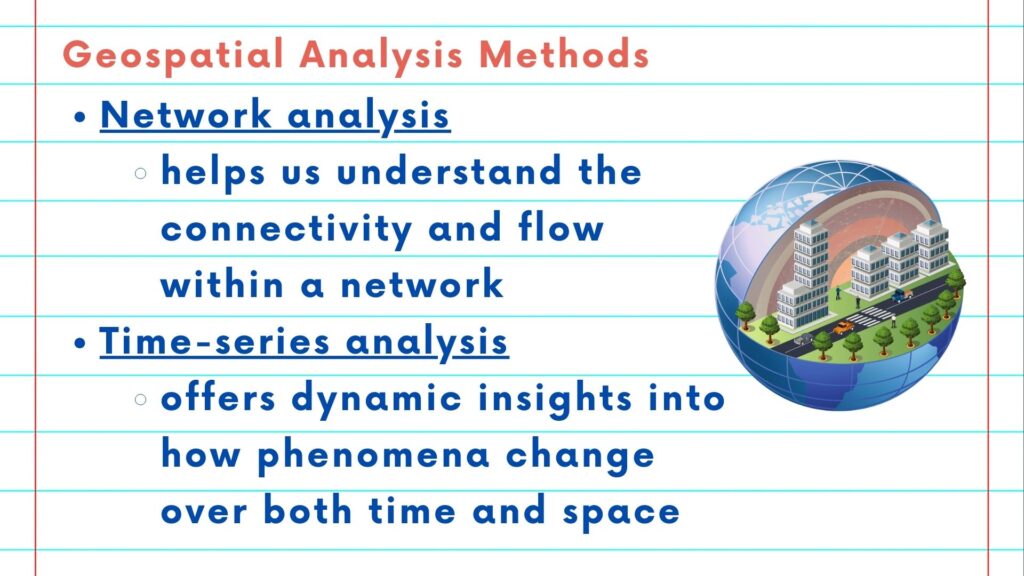
Python and R programming, with their rich ecosystem of libraries like SciPy, Geopandas, and spatiotemporal packages in R, are invaluable tools in this journey.
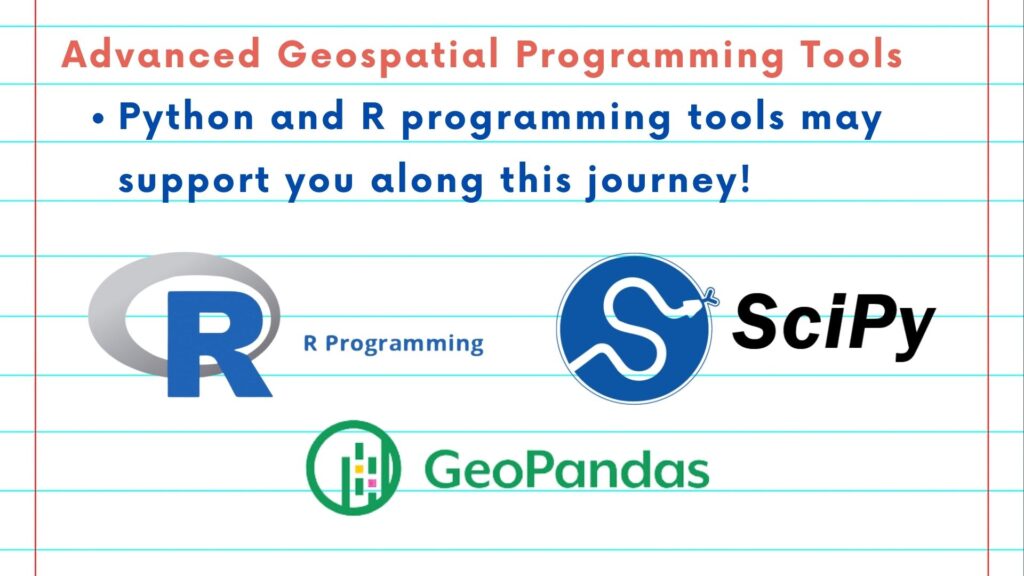
Lets take an example of network analysis. In this example, we’re creating a simple graph to represent connections between different points or nodes. We add edges to represent the links between these nodes, along with weights that could signify distance, strength of connection, or any other metric. Finally, we visualize this network and use networks to find the shortest path between two points. This kind of analysis is crucial for understanding complex relationship dynamics in a variety of fields.

Thank you for watching this video. In the next video, we will talk about Geospatial Applications and Trends.
Please follow along with the rest of the NSDC Data Science Flashcard series to learn more about math and probability.
